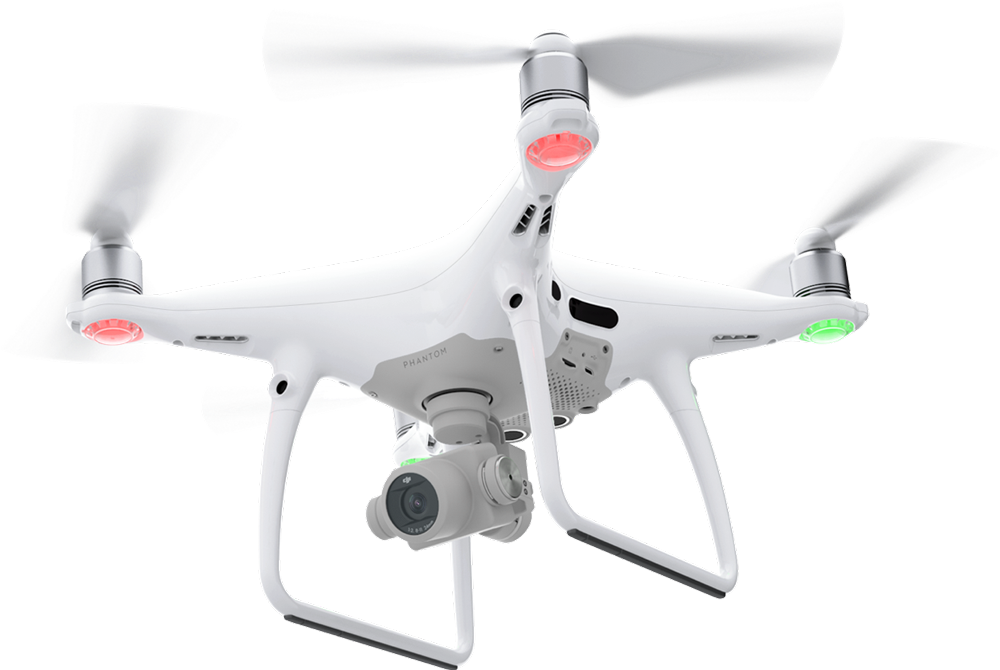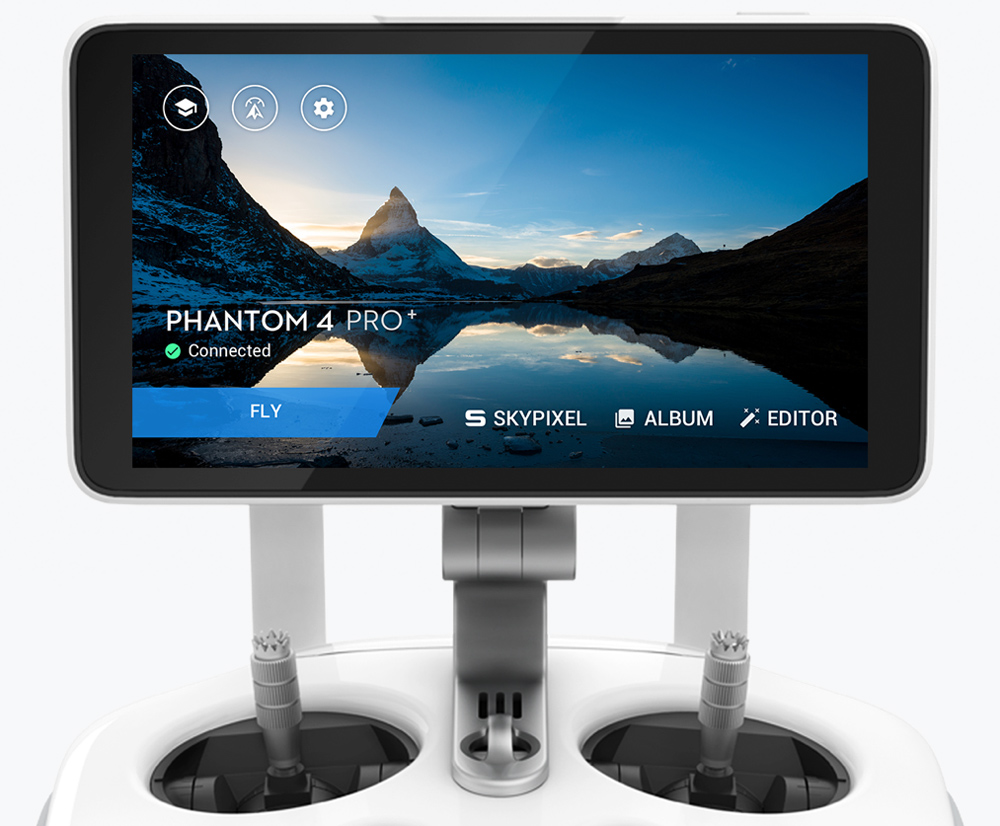Yesterday, The Chinese drone maker DJI released the Phantom 4 Pro, an update to the Phantom 4 unit which came out in March of this year.
The Phantom 4 Pro drone comes with a better camera, more advanced obstacle avoidance, greater battery life, and additional intelligent flight modes. It puts some space between the top of the Phantom line and the new Mavic Pro – a cheaper, smaller drone DJI released in October which, at least on paper, was just as powerful as its larger cousin.
BETTER CAMERA
The onboard camera has been redesigned to use a 1-inch 20-megapixel CMOS sensor. A custom engineered lens made up of eight elements is arranged in seven groups, it is the first DJI camera to use a mechanical aperture that eliminates rolling shutter distortion that can occur when taking images of fast moving subjects or when flying at high speed and a mechanical focus. In effect, it is as powerful as many traditional ground cameras. More powerful video processing supports H.264 4K videos at 60fps or H.265 4K at 30fps, both with a 100Mbps bitrate. Advanced sensors and processors ensure everything is captured with more image detail and the image data needed for advanced post-production.
FIVE-DIRECTIONS OF OBSTACLE SENSING
Flight Autonomy is expanded with an additional set of high-resolution stereo vision sensors placed at the rear in addition to the pair placed at the front as well as infrared sensing systems placed on the left and right sides. This network creates a total of five-directions of obstacle sensing and four-directions of obstacle avoidance, protecting the Phantom 4 Pro from more obstacles and giving filmmakers the confidence to capture more complex images.
REMOTE CONTROLLER WITH BUILT-IN SCREEN
The Phantom 4 Pro controller integrates an upgraded Lightbridge HD video transmission system that adds 5.8 GHz transmission support. The ability to choose between 2.4Ghz and 5.8Ghz allows pilots to cut through interference and eliminates image lag caused when flying in an area with extensive 2.4Ghz frequency use. Normally, Wi-Fi video transmission systems use a 2.4GHz frequency to work with a controller using a 5.8GHz frequency as this prevents interference that can occur when both use the same frequency. To perform normally, the video transmission system and the controller will interfere with each other causing image lag, especially if both use the same frequency. The use of two different frequencies has drawbacks in terms of flight performance. For example, flight performance will be affected when either of the two frequencies suffer interference.
The Lightbridge HD video transmission system used in the Phantom 4 Pro uses TDM (Time Division Multiplexing) to transmit signals, allowing it to send controller signals and receive video transmission signals at the same frequency. As the 2.4GHz frequency band is often affected by Wi-Fi, 4G cell towers, and other types of interference in urban areas, a 5.8Ghz band will increase transmission reliability. When switched on, the Phantom 4 Pro evaluates local signal levels, automatically choosing the transmission frequency with the lowest level of interference. This ensures the optimum range of a maximum video transmission of 4.3mi (7km)*
A 5.5in 1080p screen integrated with the Phantom 4 Pro+ offers 1000 cd/m2 of brightness, more than twice as bright as conventional smart devices. It makes bright, vivid colors easily visible in direct sunlight. With this screen, a mobile device is not required, simplifying pre-flight preparations. As the DJI GO app is built into the screen, hardware and software can be fully optimized, further reducing video lag. Integration of an HDMI port, Micro-SD card slot, microphone, embedded loudspeaker, and Wi-Fi connection allow images to be edited inside DJI GO to be shared almost instantly. Lastly, a five-hour battery life makes the Phantom 4 Pro + a complete aerial imaging solution.
----------
If you liked this article, please subscribe to our YouTube Channel for tech news, reviews and video tutorials. You can also find us on Twitter, Instagram and Facebook.







